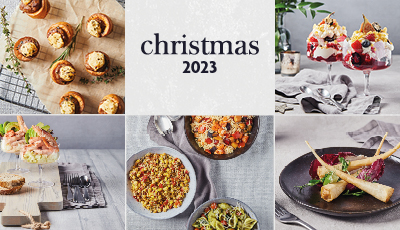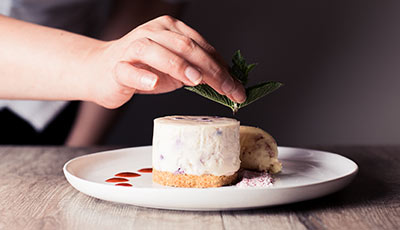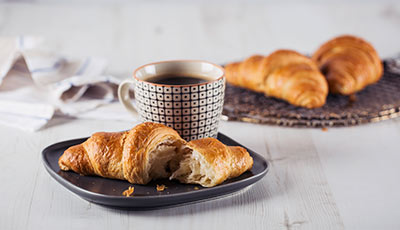Plate Psychology

Plate psychology is a fascinating area of study that explores how the colour and shape of plates can impact our perception of food. Researchers have discovered that these seemingly insignificant factors can actually influence our experience of taste, flavour, and even the overall quality of a meal. In this article, we will delve into the world of plate psychology, exploring the findings of various studies and uncovering how plate colour and shape can influence our perception of food.
The Influence of Plate Colour
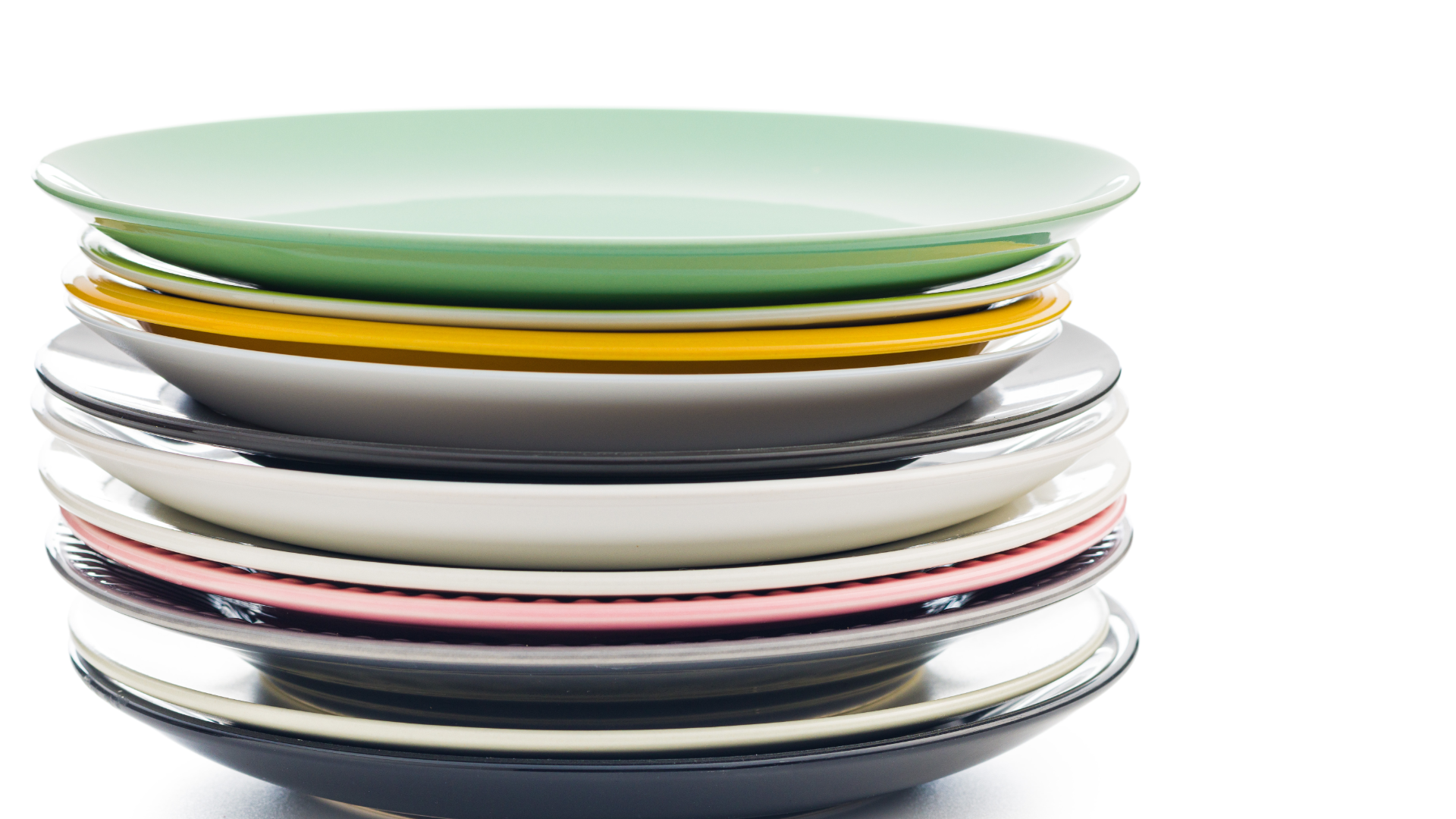
The colour of a plate can have a significant impact on how we perceive the taste and desirability of food. Warm colours such as red, orange, and yellow are known to stimulate appetite and make food appear more vibrant and appetising. On the other hand, cool colours like blue and green have a calming effect but may not enhance the appetite as much as warm colours do. White plates, often used in fine dining establishments, provide a neutral backdrop that allows the colours of the food to stand out.
Research has shown that plate colour can affect our perception of sweetness and intensity. In a study conducted with picky eaters, snacks tasted saltier when eaten from red and blue bowls compared to white bowls. Interestingly, most salty snacks are packaged in blue packaging, which may explain the preference for salty snacks served in blue bowls. However, non-picky eaters were not affected by the colours of the bowls.
The Impact of Plate Shape
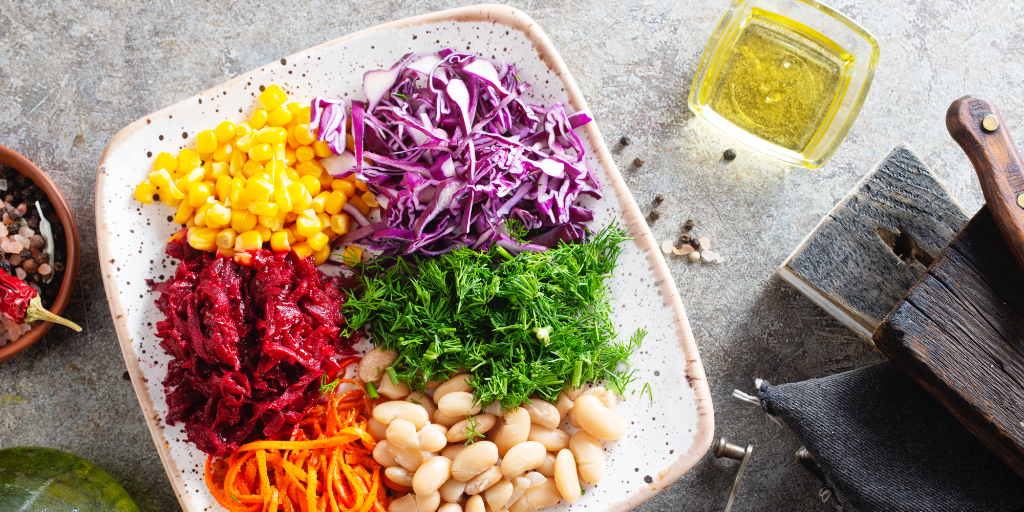
Plate shape is another crucial element in plate psychology. Different plate shapes can evoke different emotions and perceptions. Round or curved plates are considered more traditional and can create a sense of comfort and familiarity. They are commonly used for serving classic dishes. On the other hand, square or angular plates can create a more modern and artistic presentation, adding a touch of sophistication to the dining experience. Unique shapes or asymmetrical plates can make food visually intriguing and enhance the perception of creativity and innovation.
In a study conducted by a chef, the perceived flavour of foods was influenced by their shapes. For example, wine is often described as having “rounded” or “pointed” flavours. This study suggests that round food is seen as sweeter and bitter, while angular food is perceived as saltier. The shape of the food can create mental associations that affect our taste perception.
The Interaction between Plate Colour and Shape
The interaction between plate colour and shape can further impact our perception of food. Using contrasting colours between the plate and the food can create visual interest and enhance the appearance of the dish. Complementary colours, which create a harmonious colour scheme with the food being served, can also contribute to a visually pleasing presentation. For instance, serving a bright green salad on a red plate can make the salad visually pop. The overall colour palette of the dish can create a cohesive visual experience. For example, serving a seafood dish with blue hues on a white or light blue plate can enhance the perception of freshness and quality.
Perception of Food Quality
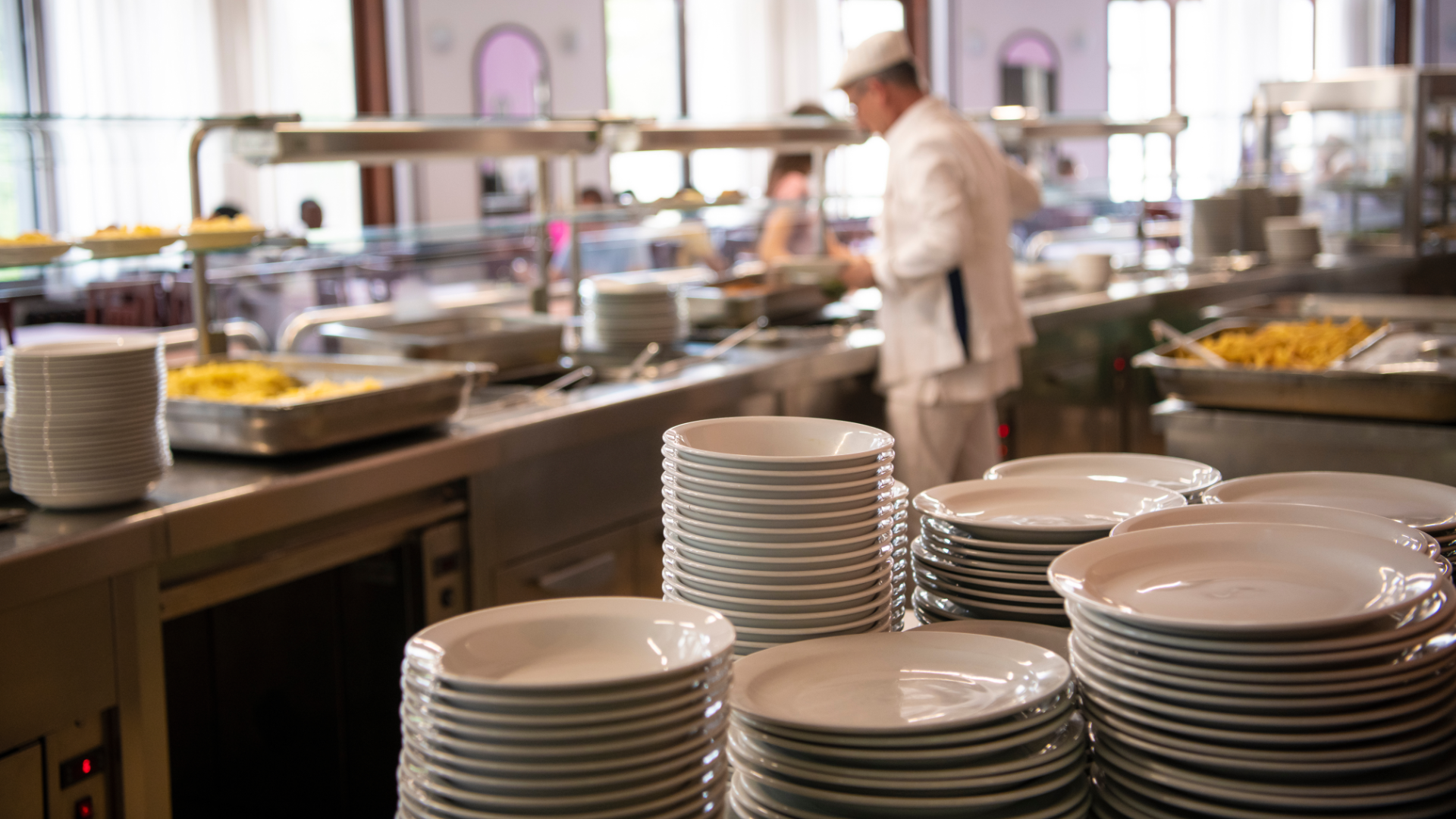
Plate colour and shape play a significant role in our perception of the freshness and quality of food. Bright, vibrant colours on a well-presented plate can give the impression of freshness and high-quality ingredients. Aesthetically pleasing plate presentations can enhance the overall dining experience and contribute to the perception of food quality. Attention to detail in the presentation, including the choice of plate colour and shape, can signal the chef’s skill and attention to culinary craftsmanship.
It is important to note that individual preferences and cultural backgrounds can also influence how plate shape and colour affect taste and quality judgments. However, the visual aspects of food presentation undoubtedly play a significant role in shaping our perception and enjoyment of a meal.
The Influence of Plate Colour and Shape on Picky Eaters
Picky eaters, who often have a limited diet and strong dislikes for certain foods, can be particularly sensitive to the influence of plate colour and shape. A study conducted at the University of Portsmouth’s Department of Psychology explored how plate colour affected the taste and desirability of food for picky eaters. The study involved nearly 50 participants, including both picky and non-picky eaters.
The results showed that snacks tasted saltier when eaten from red and blue bowls compared to white bowls, specifically for picky eaters. The snacks were also found to be least desirable when eaten from a red bowl. In contrast, the tasting experiences of non-picky eaters were not affected by the colours of the bowls.
These findings suggest that plate colour can have a significant impact on the taste perception of picky eaters. The preference for salty snacks served in blue bowls may be influenced by the association between blue packaging and salty snacks in the UK market.
The Role of Plate Shape for Picky Eaters
While plate colour has been shown to influence the taste perception of picky eaters, plate shape also plays a role in their perception of food. In the same study mentioned earlier, researchers found that the shape of the plate affected the taste and desirability of snacks for picky eaters.
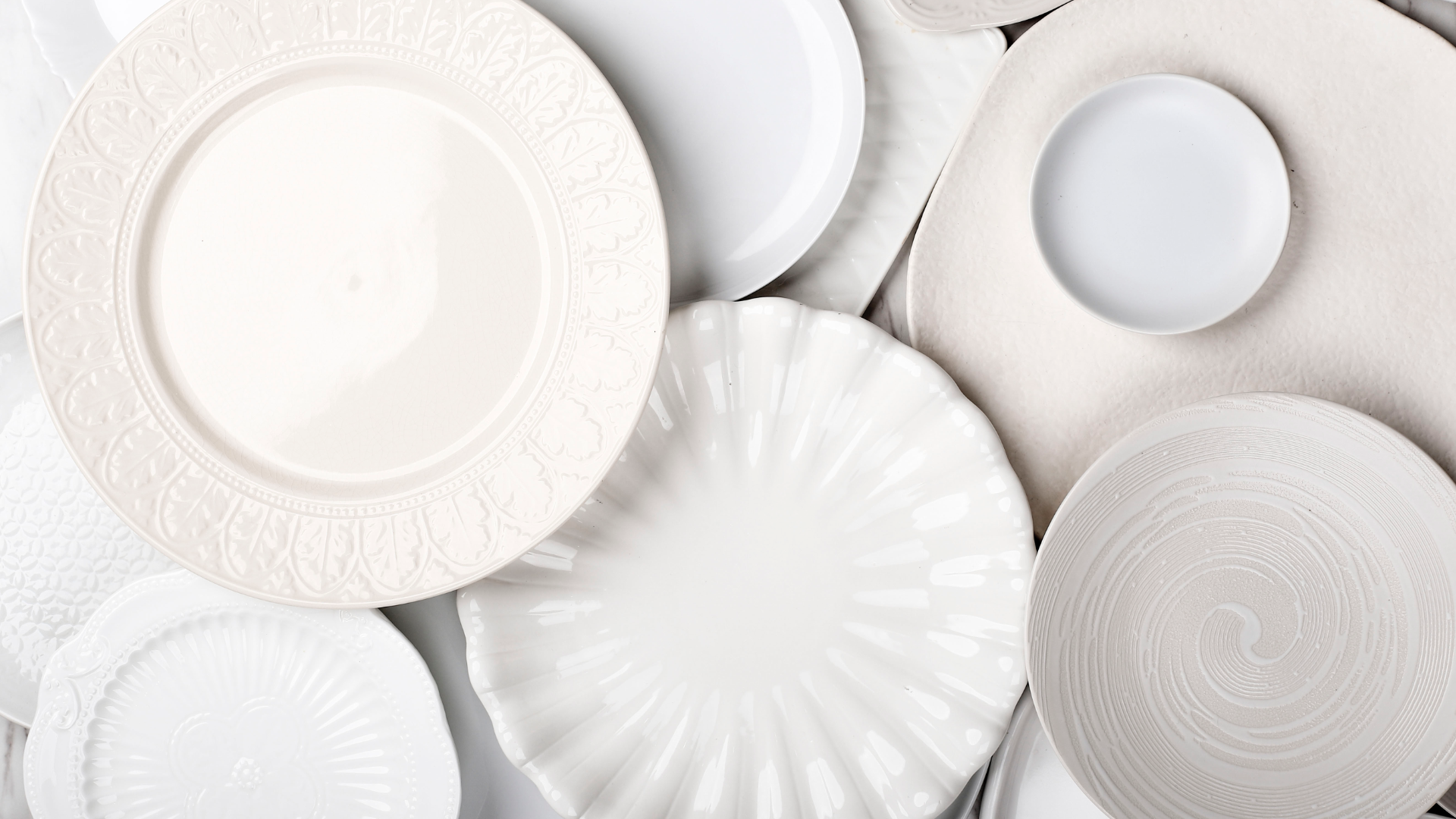
Round white plates were considered the most intense in flavour and were perceived to be of higher quality. This finding aligns with previous research that suggests round food is seen as sweeter. However, no significant difference was observed between black round and square plates in terms of taste perception.
These findings highlight the importance of considering both plate colour and shape when serving food to picky eaters. The choice of plate can significantly impact their perception of taste, flavour, and overall enjoyment of the meal.
The Influence of Plate Colour and Shape on the Overall Dining Experience
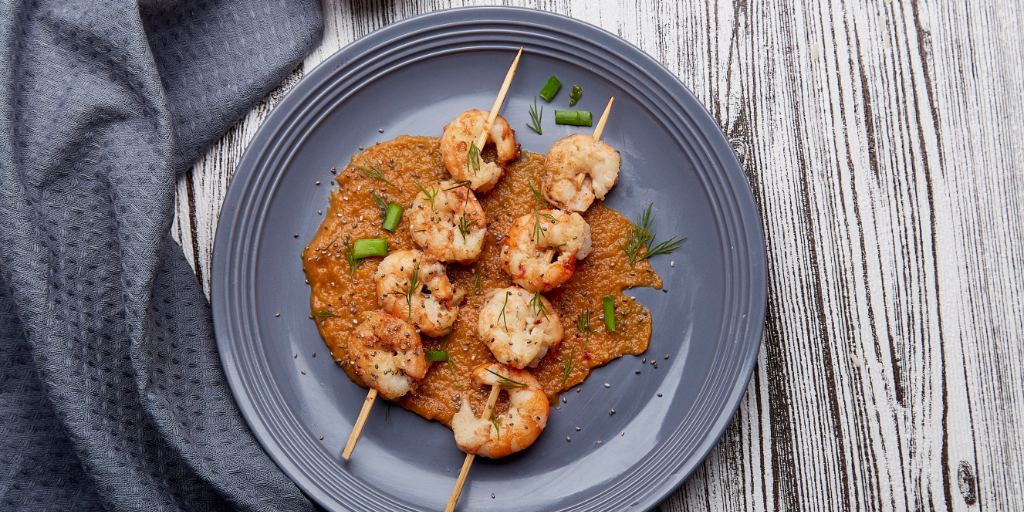
Plate colour and shape not only impact our perception of taste but also contribute to the overall dining experience. The visual presentation of food can evoke various emotions and set the tone for the meal. Round or curved plates may create a sense of comfort and familiarity, while square or angular plates can provide a modern and artistic touch. Unique shapes or asymmetrical plates can spark curiosity and enhance the dining experience.
Other factors, such as lighting, background music, and menu naming, also play a role in shaping our perception of food. The hue of the lights in the dining room can affect how food looks and ultimately influences our perception of taste. Background music can enhance or detract from the dining experience, depending on its appropriateness and alignment with the food being served. Naming dishes on the menu can also impact our expectations and enjoyment of the meal.
By considering the interplay between plate colour, shape, lighting, music, and menu naming, restaurateurs and caterers can create a cohesive and memorable dining experience for their guests.
Practical Implications for Caterers and Restaurateurs
Understanding plate psychology can be valuable for caterers and restaurateurs looking to create a positive dining experience for their guests. Here are some practical implications to consider:
- Plate Selection: Choose plate colours and shapes that align with the desired atmosphere and cuisine of your establishment. Consider the emotions and perceptions associated with different colours and shapes when selecting plates for specific dishes.
- Visual Presentation: Pay attention to the overall visual presentation of the dish. Ensure that the colours of the food and the plate harmonise or create a visually appealing contrast. Consider the shape and arrangement of the food on the plate to enhance its visual appeal.
- Lighting and Ambiance: Create a dining environment that is well-lit but not overly bright. The lighting should enhance the visibility of the food without overpowering the atmosphere. Consider the colour temperature of the lights to create a warm or cool ambience, depending on the desired mood.
- Music Selection: Choose background music that complements the cuisine and enhances the dining experience. Consider the tempo, genre, and volume of the music to create a pleasant and enjoyable atmosphere.
- Menu Descriptions: Keep menu descriptions concise and descriptive, focusing on the key ingredients and flavours. Avoid overly elaborate or confusing descriptions that may detract from the overall dining experience.
By incorporating these considerations into your culinary offerings, you can create a dining experience that engages all the senses and leaves a lasting impression on your guests.
In conclusion, plate psychology reveals the intriguing ways in which plate colour and shape can influence our perception of food. From the perceived sweetness and intensity of flavours to the overall quality and desirability of a meal, these seemingly subtle factors can have a significant impact on our dining experience. By understanding and harnessing the power of plate psychology, we can elevate the enjoyment and satisfaction of our culinary creations.



